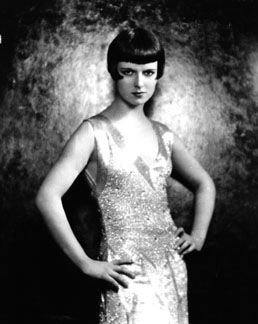Brother, Can You Spare a Dime?
They used to tell me I was building
a dream, and so I followed the mob,
When there was earth to plow, or
guns to bear, I was always there right on the job.
They used to tell me I was building
a dream, with peace and glory ahead,
Why should I be standing in line,
just waiting for bread?
Once I built a railroad, I made it
run, made it race against time.
Once I built a railroad; now it's
done. Brother, can you spare a dime?
Once I built a tower, up to the sun,
brick, and rivet, and lime;
Once I built a tower, now it's done.
Brother, can you spare a dime?
Once in khaki suits, gee we looked
swell,
Full of that Yankee Doodly Dum,
Half a million boots went slogging
through Hell,
And I was the kid with the drum!
Say, don't you remember, they called
me Al; it was Al all the time.
Why don't you remember, I'm your
pal? Buddy, can you spare a dime?
Once in khaki suits, gee we looked
swell,
Full of that Yankee Doodly Dum,
Half a million boots went slogging
through Hell,
And I was the kid with the drum!
Say, don't you remember, they called
me Al; it was Al all the time.
Say,
don't you remember, I'm your pal? Buddy, can you spare a dime?
In 1932, a young New
York City lyricist named E.Y. Yip Harburg, together with composer
Jay Gorney, wrote what is considered one of the anthems of the Great Depression.
Pianist and Composer Rob Kapilow said of the song, "Lyrically, it's
the entire history of the Depression in a single phrase: 'Brother, Can You
Spare a Dime?' Utterly economical,"
It was a courageous
song that spoke honestly, even angrily, Kapilow says, about the plight of the
average man on the street.
"It's not, 'I've
lost my family. I don't have my home.' But in one phrase, 'Brother, Can You
Spare a Dime?' I'm talking to you."
Sources:



